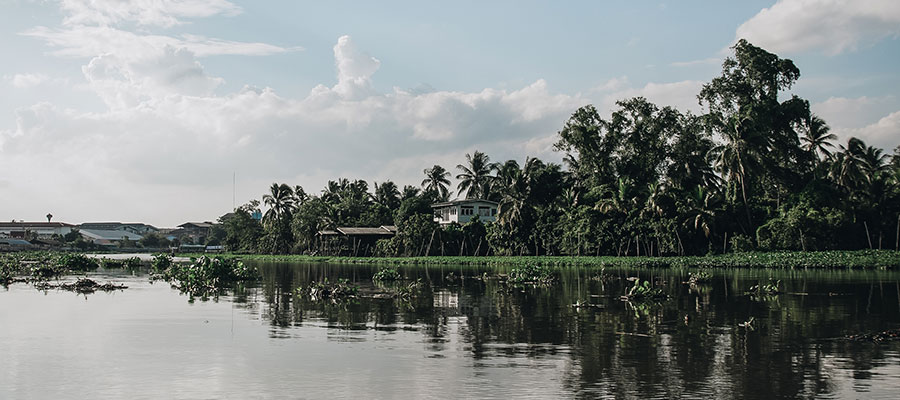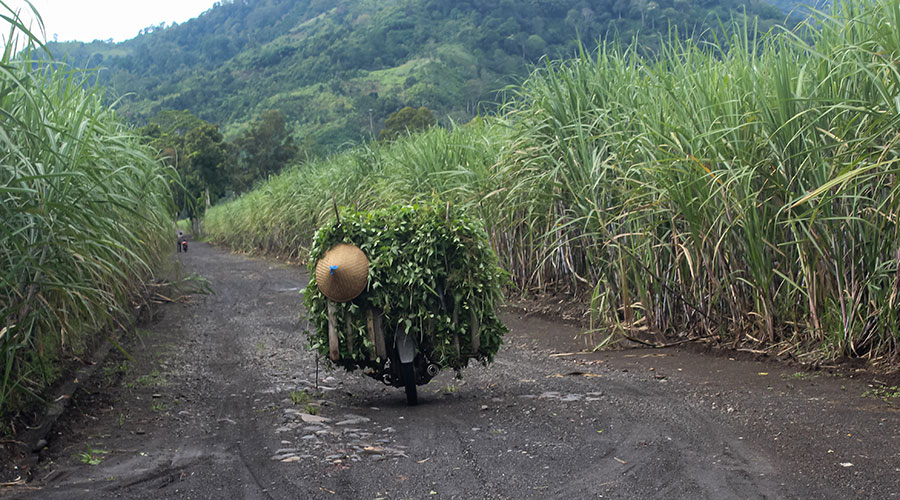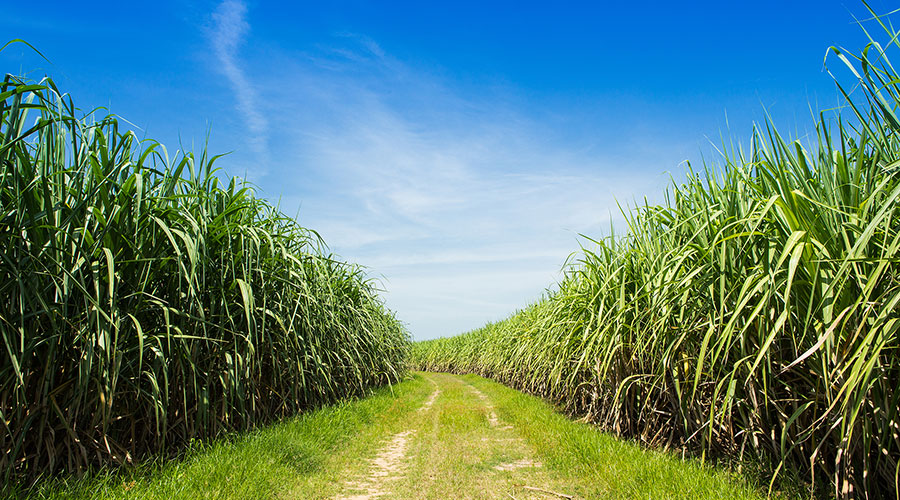its huge local market potential, its proximity to the Indian, Chinese and Japanese markets, and its huge production of sugar cane, South-East Asia is one of the regions in the world where the most distilleries and brands have been created in recent years (particularly in Thailand). This is thanks in no small part to the French who have set up in the region to develop the country’s agriculture and economy (Vietnam, Cambodia, etc.), and produce rums made from pure cane juice that can rival the white agricultural rums of the French overseas departments and territories.
South-East Asia is undoubtedly one of the world’s most dynamic rum regions. This is primarily because the region, which lies to the east of India, south of China and north of Australia, produces a huge amount of sugar cane!
The Thailand is the 4th largest producer with 1,372,169 hectares (behind Brazil, India and China). The Philippines are 11th, Indonesia 12th… A little further down the ranking, Vietnam and Cambodia are not to be outdone.
“I chose Vietnam to set up my distillery, mainly because the country has 300,000 hectares of cane fields with around sixty varieties, and they are of very high quality”, confirms Frenchman Antoine Poircuitte (Sampan).
THE PHILIPPINES AND THAILAND ARE ALREADY RUM GIANTS
Some countries in South-East Asia also have a well-established distilling tradition. For example, Tanduay, the world’s best-selling rum brand (yet virtually unknown in our latitudes), originated in the Philippines.
So does the famous Don Papa brand. Thailand, meanwhile, can count on the brewing giant ThaiBev, which also produces spirits, including rum and rum-based spirits (Mekhong, Phraya, SamSom, Hong Thong, Mangkorn Thong). Thaibev also sells its rums to independent bottlers or brand creators, who then market them.
A HUGE POTENTIAL MARKET
Comprising eleven countries (Burma, Brunei, Cambodia, Indonesia, Laos, Malaysia, the Philippines, Singapore, Thailand, East Timor and Vietnam), South-East Asia has a population of nearly 700 million, making it a huge pool of potential customers. Indonesia is a special case, since almost 87% of the population is Muslim and therefore does not consume alcohol. However, spirits are produced here, particularly rum.
The region is also just a stone’s throw away from the huge Chinese and Indian markets, and the smaller but more upmarket Japanese market. Three countries where people are not averse to accompanying their meals with spirits, even if rum is not necessarily very well introduced there.
MORE AND MORE TOP-OF-THE-RANGE RUMS
The bulk of the rum market in South-East Asia is taken up by run-of-the-mill, not to say low-end, rums or spirits. However, whether in the Philippines (Don Papa), Thailand (Phraya, Naga, Kosapan, Chalong Bay, Issan…), Cambodia (Ampov, Samai, Kampuchea), Vietnam (Belami, Sampan, Mia)… quality rums are emerging and beginning to carve out market share in their countries and in their zone of economic influence, and to shine on export markets.
Not least thanks to a real buzz around cocktail bars. What’s more, sommeliers in upmarket restaurants and hotels are particularly interested in locally-produced spirits, which they can show off to their international customers. While rum has been produced in Thailand from sugarcane molasses for decades, the country’s first premium rum, Phraya, was launched in 2019.
Made from local molasses, it has gone through 70 hours of fermentation, 95% multi-column distillation, before ageing in ex-bourbon casks, and attaining an alcoholic strength of 40%. In other words, it’s a bit like a traditional Spanish ‘ron’, but with an Asian twist.
RUMS AND “RONES”
Several rum-making traditions live side by side, sometimes in the same country in South-East Asia. Thailand, for example, produces light rums with little aroma, but also aged rums with character such as Phraya, or Kosapan, which is a pure cane juice in the French tradition.
Naga molasses rum, created by Frenchman Sébastien Foloppe, is also partly produced here. Cambodia has also been home (since 2022) to Ampov, a traditional French rum made from pure cane juice, created by Frenchman Ralph Meyer in collaboration with Guillaume Ferroni.
There’s also a traditional Spanish rum: Samaï, run by a master distiller with a 40-year career in Venezuela (Diplomatico). Local sugar cane molasses is used, with distillation lasting between 3 and 6 days depending on climatic conditions, followed by still (mainly) or column distillation of up to 82%.
ASIA, THE NEW ELDORADO
South-East Asia is booming, and could soon become one of the main centres of rum production. It’s a boom that’s spreading beyond the region’s borders, with rum now being produced not only in mainland China, but also in Taiwan (Renaissance), India (Amrut, Camikara) and Japan (Ryoma, the late Nine Leaves…). In short, we haven’t heard the last of Asian rum!
Asia, the birthplace of rum?
Indonesia was colonised by the Portuguese before coming under Dutch rule. Vietnam and Cambodia were part of French Indochina. The Philippines were colonised by Spain, before coming under the American flag. Thailand, the former kingdom of Siam, was never completely colonised (but nibbled away by the British and the French).
However, it would be wrong to think that it was the Europeans who brought the art of distillation to the lands they conquered. Some even believe that rum or a similar spirit was produced there before their arrival. Sugar cane comes from Papua New Guinea, and arrived in Indonesia. In my opinion, that’s where rum was first distilled,” explains Sébastien Foloppe, who created the Naga brand (Indonesia and Thailand).
The Chinese, who invented distillation 1,000 years before us, settled on these islands to trade, and they made alcohol from what they could find locally, i.e. sugar or molasses. This spirit took onan Arab name, Arack, because Arab merchants had also settled there, in particular to engage in the lucrative spice trade.”
Certain areas of South-East Asia, such as the Philippines, Thailand and Indonesia, therefore had strong spirits made from molasses or sugar cane long before the arrival of Europeans.



